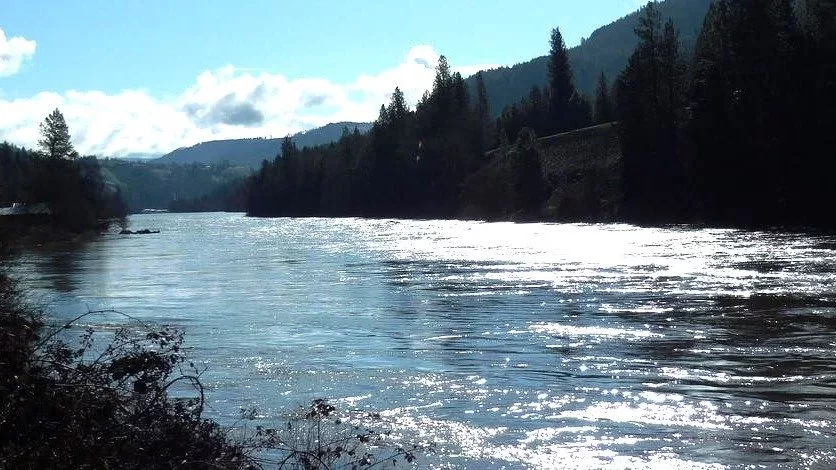LEWISTON, ID – American Rivers has added the Clearwater River to its annual list of America’s most endangered rivers. The designation includes the North, South and Middle Forks of the Clearwater River. American Rivers is a national environmental advocacy organization.
“Seven hundred miles of rivers within the basin are at risk from dredge-mining, dam-building and a four-fold increase in commercial logging due to a controversial new land management plan. Some of these rivers have been protected since the 1980s,” says the organization.
“To have the Forest Service rescind long standing protections for some of its most remarkable rivers is a betrayal to everyone who loves this area, and all those downstream who depend on its clean water,” said Lisa Ronald, Northern Rockies Associate Conservation Director for American Rivers.
The organization points to a the new land management plan, finalized last January, as a major factor for the listing.
“The Lochsa, Selway, and Middle Fork Clearwater rivers are permanently protected as Wild and Scenic Rivers, but the scale of the mining, road-building, and commercial timber harvest that could now occur on the other forks threatens the health of the entire basin” says the organization. “Road construction along these rivers would result in increased sedimentation, threatening fish eggs and aquatic insects—while logging in river corridors would remove shade and increase water temperatures, threatening coldwater fish and degrading world-class angling opportunities.”
American Rivers, Idaho Rivers United, and American Whitewater are calling on the Nez Perce-Clearwater National Forest to update the Comprehensive River Management Plan for the wild and scenic designated Lochsa, Selway, and Middle Fork Clearwater rivers to provide guidance on how to design projects to ensure the rivers are protected. The group also is asking the Forest Service to issue a forest plan amendment to provide project-specific guidance to mitigate harm to the 700 miles of streams that the group says is now at risk throughout the basin.
